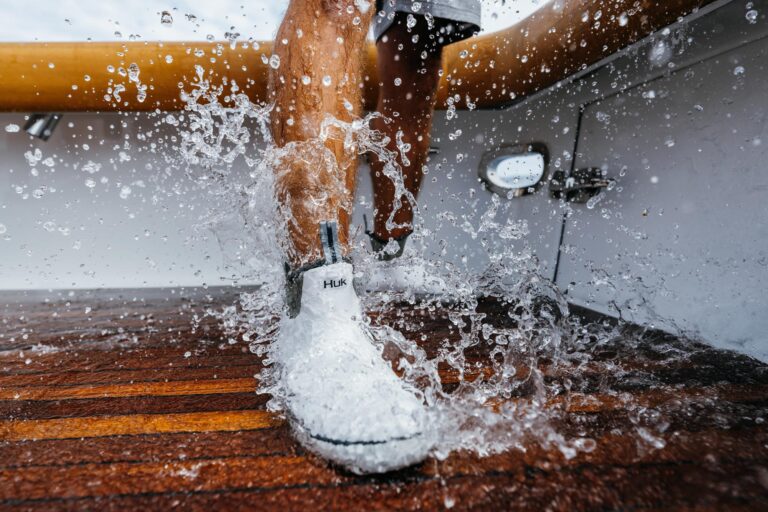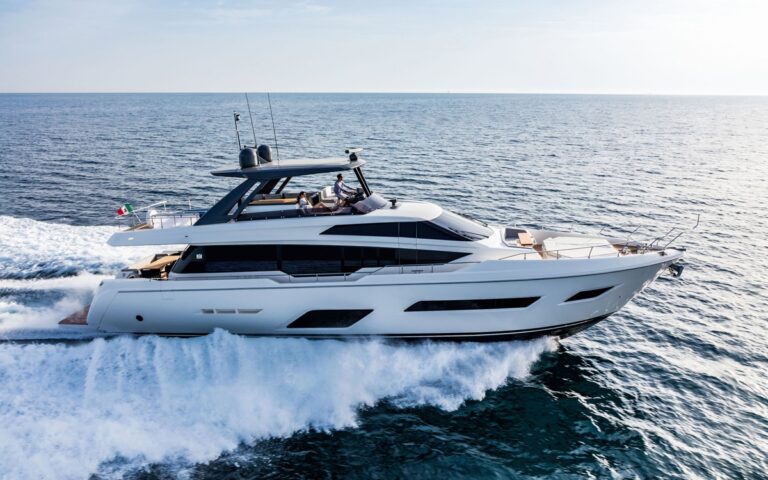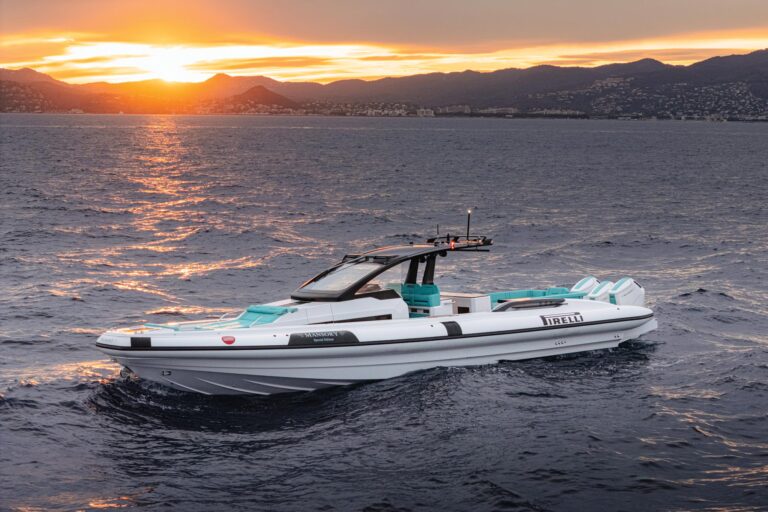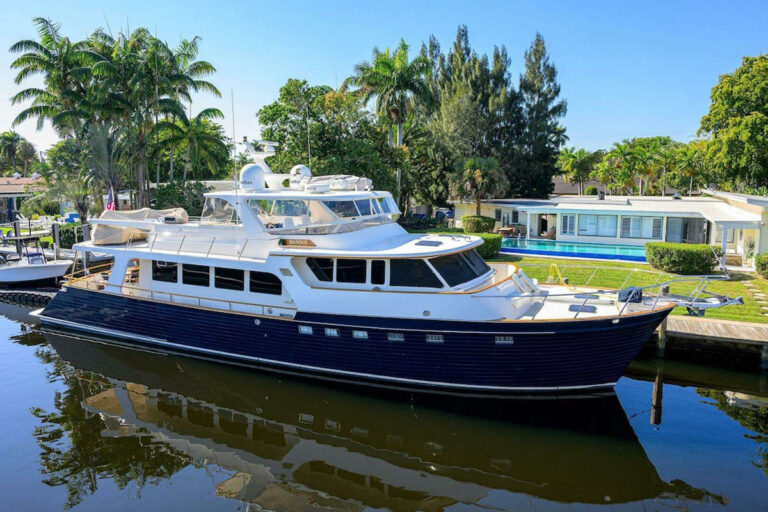
ytgjan09PERF525.jpg
Once upon a time, blending cornbased ethanol into gasoline seemed like such a good idea. It would get rid of the dangerous additive, MTBE, it would help clear the air we breathe, it would reduce our dependence on foreign oil, it would help the corn farmers of the heartland, and it would keep American dollars at home. That turned out to be far from true. Around the middle of this decade, reports started coming in from boat owners, first in the Northeast, then from elsewhere around the country, of devastating damage to gasoline engines, inboards and outboards alike, caused by a mysterious black goo that jammed valves and pushrods. The problem didn’t occur in automobiles, and not even in all boats. Oddly, it seemed the most frequent victims were owners of older gasoline-powered yachts, built prior to 1991, from first-quality builders such as Hatteras and Bertram, though there were others as well.
The common denominators were gasoline engines, fiberglass fuel tanks, and E-10 gasoline, so named for the ethanol blended into the fuel at a 10-percent concentration. Closer examination of the affected boats revealed serious degradation of the fuel tanks. It turns out that the ethanol was dissolving components of the resin used to build the tanks. Once combined, this icky new chemical remained in a liquid state, so it easily passed through fuel filters into the engines. Heat and pressure then transformed it into a tar-like substance that wreaked havoc on intake valves, often with resultant damage to pistons and cylinders as well. Since the resin was destroyed by the ethanol, the tanks themselves lost significant strength and stiffness, suffered delamination, and in some cases, even began to weep gasoline into the bilges.
While many owners have gotten the word, Bob Adriance of BoatU.S. says that reports of damage still come across his desk on a regular basis, indicating that the problem continues. This is confirmed by Bruce Pfund, a surveyor and composites consultant whose company, Special Projects, LLC, works with yachtbuilders and owners alike to remedy such damage. Pfund says that in theory, damaged tanks might be fitted with rubber bladders or recoated with a suitable ethanol-resistant resin, but he recommends removing damaged fiberglass tanks and replacing them with aluminum tanks. This is echoed by Lee Dana, a consultant who was formerly Bertram’s vice president of design, engineering, and production.
If you have an older gasoline-powered boat with a fiberglass fuel tank, check with the builder to see if you’re affected. If so, and you’re feeling proactive, you can replace your tanks or convert to diesel engines, though neither is an economically attractive solution. Otherwise, your only choice is to avoid the use of E-10 gasoline at all costs-and if possible. Pfund has worked with one engine manufacturer who discovered that gasoline is not always as it’s labeled when he bought and tested random samples. The local distributor, not the refiner, blends ethanol into the gasoline-and samples showed ethanol concentrations of up to 40 percent from pumps labeled E-10.
If you’re lucky enough to have tanks that are immune to ethanol, and you choose to pump E-10 (or have no choice), your best course is to carry extra fuel filters until your tanks self-clean and the gumming problem diminishes. With regard to the water absorption and phase-separation problem, which may be more theoretical than actual, the best preventative is to use the boat regularly so the gasoline doesn’t sit for extended periods. For winter layups, the experts recommend filling the tanks to about 95-percent capacity, which allows room for expansion but keeps condensation to a minimum.
BoatU.S. has done an excellent job of investigating this situation and documenting the facts relating to the use of ethanol-blend gasoline in boats. Detailed information is available on their web site at www.boatus.com.









